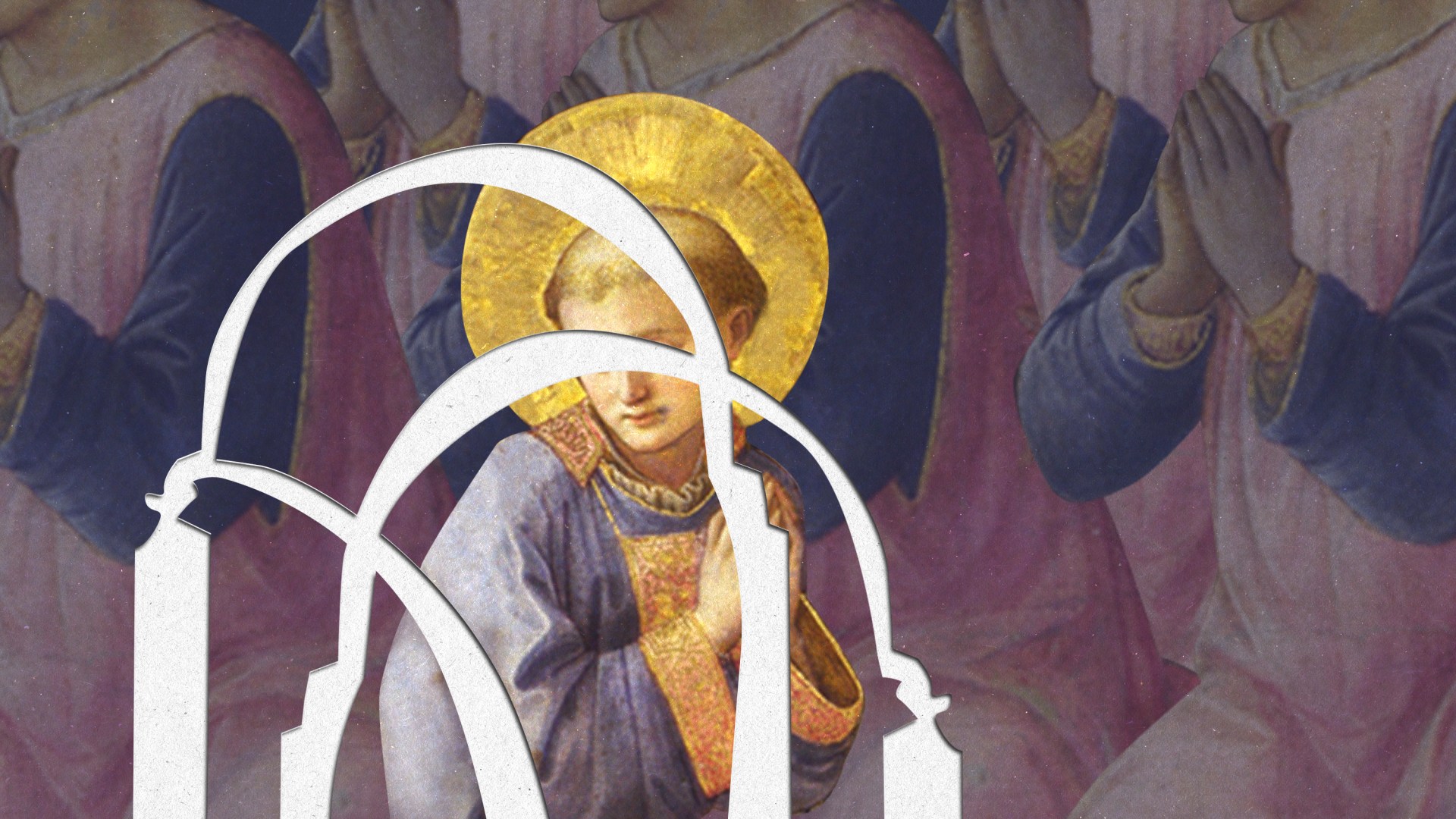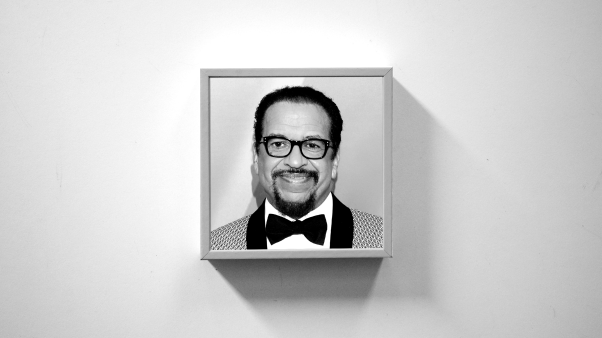Lately, Christians have cast their minds and social media musings back to the early church on the topics of singleness and sexuality. Much of the conversation centers on past spiritual practices of celibacy and claims about what early church leaders taught about singleness.
Some suggest that early church leaders enthusiastically ‘tore down’ the centrality of marriage within the church. Others argue that the way we understand the (so-called) “gift of singleness” today is a direct inheritance from apostles and the church’s earliest centuries.
As a history nerd, practical theologian, and never-married Christian woman, I may not agree with every supposition, but I’m delighted by the revitalized discussion about how we can see ancient ideas about singleness in a new light. After all, church history is our history, and this ancient era is ripe with fascinating insights (and quite a few conundrums) about singleness—many of which are still relevant to discussions on faith and church life today.
The lessons we can learn from the ancient church about singleness are many and mighty, but they are neither simple nor straightforward. In fact, early church leaders do not offer us a singular narrative about being single. However, when we examine the Christian history of celibacy on its own terms, the conversation yields something far more complex and interesting.
So what does it look like for us to approach this past honestly?
First, a proper historical methodology involves observing the details and nuances of the past, rather than painting it with broad brush strokes.
We must keep in mind that the early church era spanned almost 500 years and multiple continents. In that time and space, there was a great diversity of thought on being unmarried as a Christian. There was lots of agreement, but there was also strong disagreement.
For instance, consider the response to the fourth-century ex-monk Jovinian, who dared to suggest that “virgins, widows, and married women, who have been once passed through the laver of Christ … are of equal merit.” This affirmation of Christians’ shared equality in Christ, regardless of their marital status, eventually contributed to Jovinian being declared a heretic at multiple early church synods during his lifetime.
It also inspired numerous and lengthy critiques by patristic authors, like early church father Jerome (who begged “the reader not to be disturbed if he is compelled to read Jovinian’s nauseating trash”) and even Augustine (who was thankful that the church “opposed this monster very consistently and very forcefully” and who took steps to stop Jovinian from “secretly spreading poisons with all the power which the Lord gave me”).
Or consider that the unmarried Christian life in the eastern sphere of the empire was characterised quite differently to that of the western sphere. For half a millennium or so, each region developed its own independent theological rationales for and practical expressions of Christian singleness.
These are just two examples of how the early church’s understanding of what we call singleness today was genuinely complex rather than straightforward.
Second, engaging with the past depends on a firm commitment to understanding the dynamism of history.
In the recent evangelical re-popularisation of the term “celibacy,” contemporary discussions often define celibacy as a distinct, lifelong, and perhaps formalized commitment to a particular kind of singleness.
Some who make this claim consider celibacy a direct inheritance of ancient historical practice. And yet in its original context the word celibate, from the Latin term caelebs, simply meant “unmarried”—which is the functional equivalent of our term single.
What is more, before the eventual establishment of monastic communities (which is what we typically have in mind when we think of celibacy today), there was a diverse range of unmarried individuals that included itinerant teachers, lone desert dwellers, ascetic sect members, celibate priests, household virgins, widows and widowers, and more.
Not only were the earliest expressions of the unmarried Christian life much more varied, but some of them were also considered theologically problematic.
Take, for example, the Encratites—a second-century Christian sect that emphasised self-discipline through not eating meat, drinking wine, or most importantly, having sex. A cornerstone of Encratism was their rejection of marriage altogether.
The movement was popular for a time, but by the beginning of the third century, early church fathers like Ireneaus and Clement of Alexandria actively opposed the Encratites. They argued that forbidding marriage (and sex within it) was heretical. As David Hunter notes in his book Marriage, Celibacy, and Heresy in Ancient Christianity, “Christian ‘orthodoxy’ now entailed the acceptance of marriage and the repudiation of radical encratism.”
However inconvenient this may be to us as modern readers of history, there simply was no unambiguous approach to or singular practice of “celibacy” within the early church.
Third, engaging with the past requires careful navigation of historical continuity and discontinuity.
We must recognise that the present cultural context of singleness is remarkably different from that of the early church. For example, today’s Christian singles have a degree of personal autonomy in their decisions about why, who, and when to marry. Such marital independence would have been unimaginable for our ancient counterparts. To them, marriage was essentially a social construct and economic necessity—often initiated by their elders or family members, whether they liked the arrangement or not.
In fact, most unmarried Christians in the earliest centuries were not ‘never-married’ virgin adults, but rather widowed husbands and wives. In other words, long-term celibate status largely emerged out of previous marriage!
Even when more formalized practices of consecrated celibacy did begin to develop, the choice to commit oneself to such a life was seen to be a rare luxury and sometimes even self-indulgent. Such a privilege was generally available to only the most socially and financially elite who could afford to turn their back on their families’ expectations.
While we might be tempted to draw a straight line between singleness now and then, there is far more discontinuity than continuity. Of course, this does not mean the past cannot provide any potential insights for the present.
But it does suggest that many questions believers grapple with today are not the same ones our ancient Christian counterparts wrestled with. And as responsible readers of history, we must be careful not to arrogantly superimpose our present concerns onto past practices.
Finally, engaging with the past on its own terms means we must be completely honest about our motivations.
As we speak about Christian singleness today, we must be candid—with ourselves, as much as with each other—about our purpose in appealing to the past. Are we simply hoping to find convenient historical allies to bolster our pre-existing convictions?
In their book, Theology as Retrieval, authors David Buschart and Kent Eilers call this faulty instinct retrenchment. This strategy is motivated by a desire to ultimately fortify the trenches we’ve already dug and planted both our feet and our flag firmly in.
Alternatively, are we so disillusioned with the situation of singleness in the church today that we want to wipe the slate completely clean and start again from scratch? In other words, should we deposit the past wholesale into the present? This is what Buschart and Eilers would call repristination. It nostalgically sees the past through rose-tinted glasses.
What then are we supposed to do? If we should not use the past to retrench our present, nor repristinate the past into our present—then what use is history to us, especially when it comes to the thinking about singleness within the Christian life and community?
Our motivation to understand how our ancestors thought about being an unmarried Christian in relation to God and others should be what historians call ressourcement—which is the effort to study our history with a firm commitment to genuinely understand it on its own terms. That is, we should see the past as a rich resource to draw upon in order to understand, live out, and celebrate singleness in the present day.
But just as importantly, this approach signifies a commitment to actively discern church history according to another standard entirely—not one based on any human terms, but on the terms which God himself has defined through Scripture.
Historical practices of monastic celibacy may have relevance for how we might think about “doing” Christian singleness in community today. Indeed, the writings of many early church fathers elevated the value of singleness in ways that seem utterly wonderful (and foreign!) to us today.
But before we can appreciate the past as a resource for today, we must do some hard biblical work. As we consider whether to adopt certain conclusions or apply spiritual principles from the past, we must hold every perspective up to the light of God’s Word.
First, we honor the Scriptures’ teaching that the body of Christ, experienced within our local church communities, is our primary source of familial identity (1 Cor. 12:12f). Likewise, we resist any wholesale interpretation that early Christians altogether rejected the importance of marriage (because they didn’t).
Lastly, we must seek to understand how and why ancient believers thought the way they did—and whether their conclusions are supported by Scripture.
In much modern-day commentary on the “gift of singleness” (1 Cor. 7:7), there are those who will defend a single interpretation of a particular passage of Scripture as “the way it has always been.” But to be genuine in our effort to treat history as an important resource, we must ensure that it really was always or only interpreted in that way.
And when it comes to “the gift of singleness,” there often wasn’t a single standard interpretation. Even when and where there was, we still need to be convinced from the Word of God that both ancient and modern readers truly got it right.
As historians, we know that history is a valuable resource. Yet as Christians, we ultimately have only one invaluable resource. And in the end, it is only through the lens of Scripture, interpreted by God’s Spirit, that we can discern how and why the history of singleness in the church really does matter in our present context.
Danielle (Dani) Treweek is a theological author, speaker, and the founding director of Single Minded. Her doctoral research on singleness will be published with InterVarsity Press in 2022.











